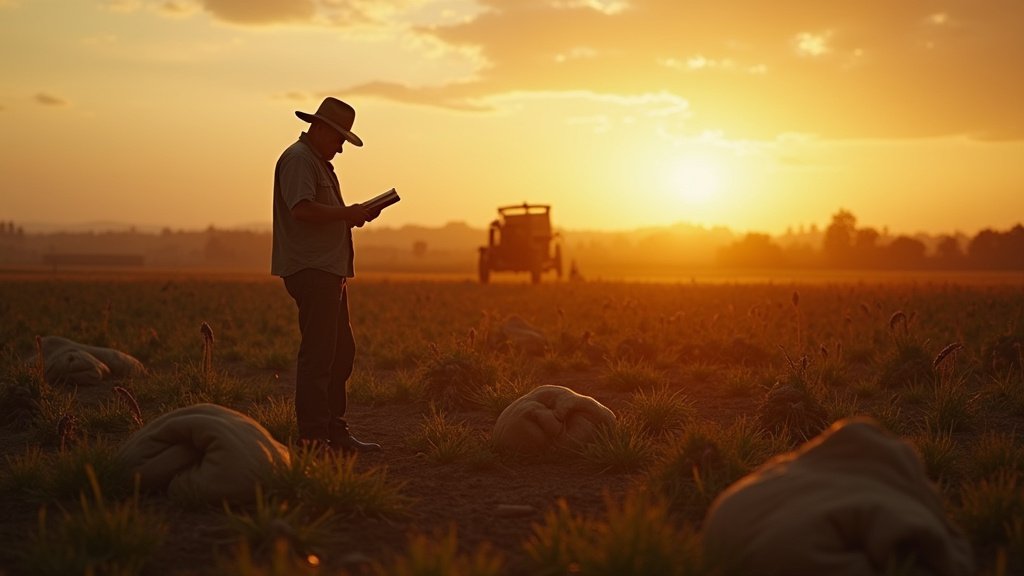Portland recently witnessed a significant initiative aimed at beautifying a major entryway into the city. Governor Tina Kotek spearheaded a large-scale graffiti cleanup operation along a five-mile stretch of I-84. The project, necessitating a 12-hour closure of the freeway, saw participation from over 150 volunteers. Beyond addressing the immediate issues of graffiti and trash, this initiative sought to enhance the overall aesthetics of the area, foster community pride, and promote the upkeep of public spaces.
The Scope of the Cleanup
The cleanup covered the entire stretch of I-84 between I-5 and I-205, including several key overpasses and intersections. Crews worked diligently to remove graffiti, clear litter, and perform minor repairs on infrastructure. The Portland Bureau of Transportation (PBOT) played an instrumental role in coordinating the closure, ensuring the safety of both volunteers and workers. This comprehensive effort underscores the city’s commitment to maintaining its infrastructure and public spaces to a high standard.
Community Involvement and Impact
Community involvement was a cornerstone of this project. Volunteers from diverse backgrounds—including local residents, business owners, city officials, and members of various community organizations—came together with a shared goal: to make a tangible difference in their city. Governor Kotek’s hands-on participation highlighted the importance of civic engagement and leadership in tackling urban challenges. This event served as a powerful call to action for Portland residents, encouraging them to take an active role in the stewardship of their neighborhoods.
Volunteers donned gloves and safety vests, equipped with paintbrushes, trash bags, and cleaning supplies. They worked tirelessly throughout the day, transforming graffiti-covered walls and litter-strewn areas into clean, inviting spaces. The camaraderie and collective effort exemplified the strong community spirit that defines Portland.
Long-Term Benefits
The benefits of this cleanup extend beyond the immediate visual improvements. A cleaner and more attractive freeway can significantly enhance the overall perception of the city, potentially boosting tourism and local morale. Regular maintenance and cleanups can also deter future acts of vandalism and littering, creating a safer and more welcoming environment for everyone who lives in or visits Portland.
This initiative has set a precedent for future community-driven beautification projects. By demonstrating that a concerted effort can yield substantial results, it inspires similar actions in other parts of the city. The positive impact on local businesses and neighborhoods further underscores the importance of maintaining clean and well-kept public spaces.
Public Reaction
The public reaction to the cleanup has been overwhelmingly positive. Many residents have expressed their appreciation for the effort and the noticeable improvements. Social media platforms have been abuzz with posts praising the initiative, sharing before-and-after photos, and encouraging continued efforts to keep Portland clean. This positive feedback underscores the community’s support for proactive measures in maintaining urban spaces and the pride residents feel in their city.
Local media coverage also played a vital role in amplifying the impact of the cleanup. News stories and broadcasts highlighted the dedication of volunteers and the visible changes resulting from their work. This media attention not only celebrates the success of the project but also raises awareness about the ongoing need for community involvement in urban maintenance.
Next Steps
Moving forward, the city plans to implement more frequent maintenance schedules to prevent the buildup of graffiti and litter. There are also discussions about increasing penalties for vandalism to deter future offenses. Education campaigns aimed at raising awareness about the impacts of graffiti and littering are also in the works. These initiatives will help sustain the improvements made during the cleanup and foster a culture of respect for public spaces.
Educational Campaigns
Public education is a key component of sustaining the benefits of the cleanup. The city plans to launch campaigns that educate residents, particularly young people, about the negative impacts of graffiti and littering. These campaigns will emphasize the importance of community pride and personal responsibility in maintaining public spaces. By fostering a sense of ownership and stewardship among residents, the city hopes to reduce instances of vandalism and encourage ongoing community involvement.
Enhanced Enforcement
In addition to education, the city is considering stricter enforcement measures to combat graffiti and littering. This may include increased fines for offenders and enhanced surveillance in areas prone to vandalism. The goal is to create a strong deterrent against such activities while also providing resources for offenders to engage in community service as a way to give back and learn about the importance of maintaining clean public spaces.
Collaborative Efforts
Collaboration between the city, local businesses, and community organizations is essential for the long-term success of these initiatives. Businesses can sponsor cleanup efforts or provide resources and incentives for volunteers. Community organizations can help mobilize residents and coordinate efforts on the ground. By working together, these groups can create a network of support that ensures the sustainability of beautification projects.
Gov. Kotek’s Vision
Governor Tina Kotek’s involvement in the cleanup is part of a broader vision for a more engaged and proactive approach to urban management. Her administration is committed to addressing the root causes of urban decay and promoting policies that enhance the quality of life for all Portland residents. This includes investments in infrastructure, public safety, and community development.
Kotek’s hands-on approach has resonated with many residents, who see it as a refreshing change from traditional political leadership. Her willingness to get involved in grassroots efforts and work alongside community members sends a powerful message about the importance of civic responsibility and collective action.
Conclusion
The graffiti cleanup on I-84, led by Governor Tina Kotek, is a shining example of what can be achieved through community effort and strong leadership. It has not only improved the physical appearance of a crucial part of Portland but also fostered a sense of community pride and responsibility. As Portland continues to grow and evolve, such initiatives will play a vital role in shaping the city’s future and ensuring a high quality of life for all its residents.
The impact of this cleanup extends beyond the immediate aesthetic improvements, prompting a broader evaluation of how the city manages and maintains its public spaces. By addressing the root causes of urban decay and fostering a culture of community involvement, Portland can build a more vibrant and welcoming environment for everyone.




